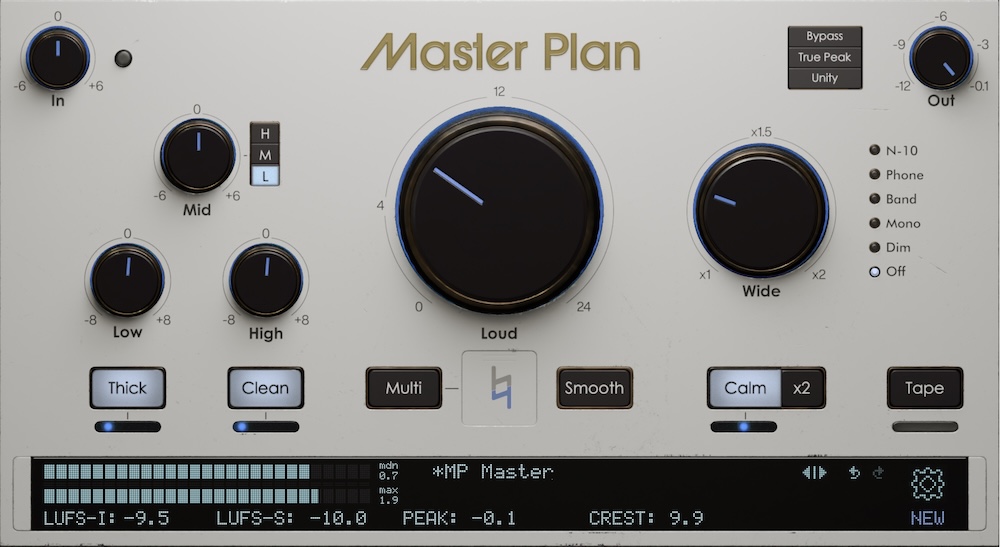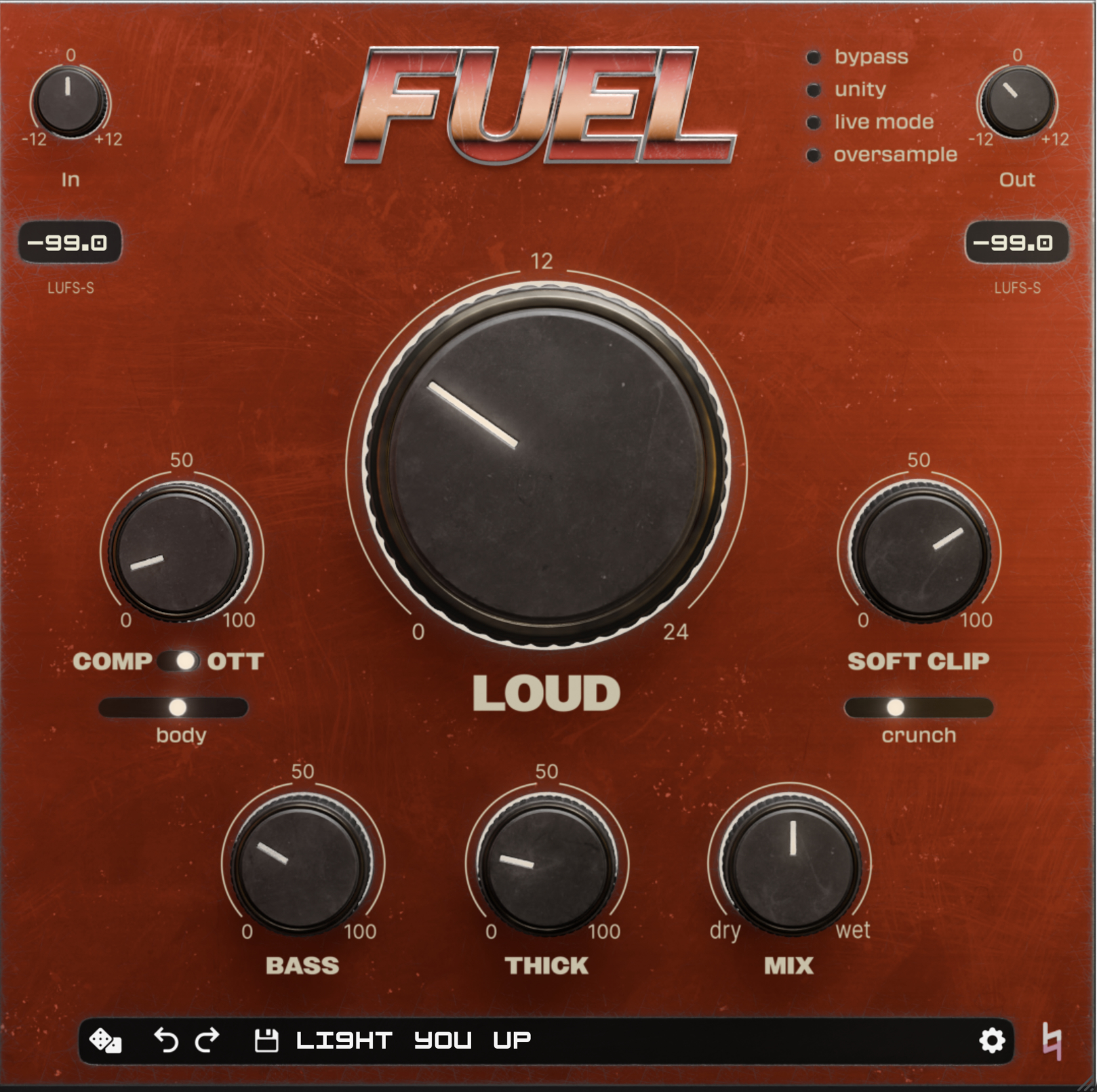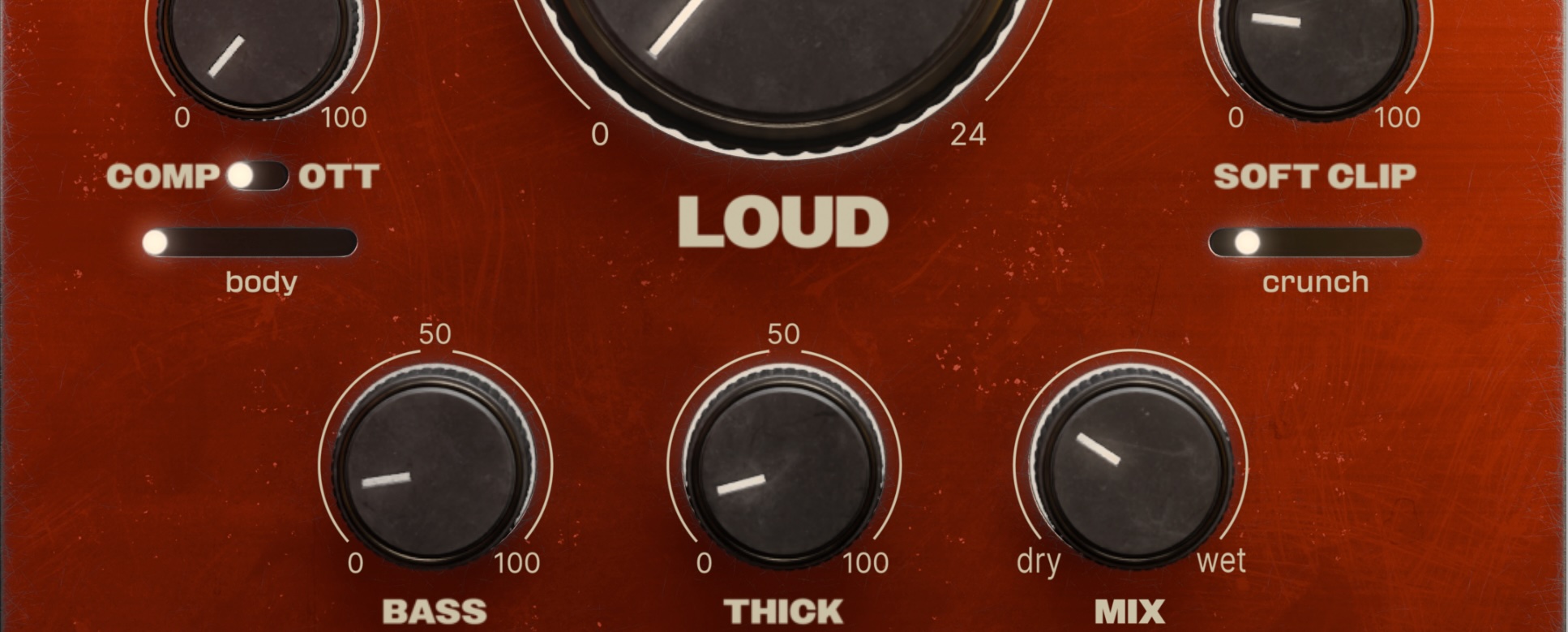Most producers know how to throw saturation on a drum bus, but very few know why they’re doing it. They crank a knob, hear it get louder, and move on.
But what makes records by people like Travis Scott, Doja Cat, or Steve Lacy feel expensive isn’t just saturation. It’s controlled, dynamic harmonic movement, and you can get there using Fuel with just a few moves.
The Setup: Your Drum Bus
You’ve got your kick, snare, hi-hats, maybe some loops, and they’re all going to a stereo drum bus. Load Fuel on that bus. Start with everything flat.
- First, dial in your input level. Crunch is sensitive to how hard you hit it, so before touching anything else, adjust Fuel’s input knob until you input LUFS reads around -18 to -14 LUFS. That’s your sweet spot, loud enough to activate the harmonics, but not so hot you’re slamming the clipper before you actually want to.
- Push Crunch to between 10–30%. This brings out harmonics in the midrange, which adds thickness to snares and edge to hats.
- Turn on Soft Clip, but keep it below 40%. This controls the transient without smashing your peaks like a limiter.
- Leave Mix at around 30% for now
Already, your drums should sound more alive.
Now try this…
The Trick: Automate the Mix Knob
Instead of just leaving Fuel on the whole time, the trick is to automate the Mix knob to come up during choruses or high-energy moments. Then back it off during verses or intros.
It’s subtle, but it makes a huge difference. Your drums will sound tighter and more aggressive when the listener needs them to, without having to boost levels or compress the whole track.
You’re not just making it louder. You’re adding emotional contrast through controlled harmonic movement. It works because its basically a perceived energy boost. You don’t need to stack plugins or build a parallel chain just to get that feel.
Think about records like:
- “Sicko Mode” – Travis Scott
The drums evolve across sections. Each switch hits harder than the last. That kind of movement can be achieved with saturation + automation.
- “Woman” – Doja Cat
The groove stays tight, but the chorus subtly opens up. Wide drums, more grit. That’s likely a saturation change, not just a level push. - “Bad Habit” – Steve Lacy
Warm, fuzzy textures are baked into the guitars and even parts of the vocal. It has a controlled, lo-fi tape vibe. The saturation adds character, especially in the breakdown sections, where the tone gets darker and more emotional.
This isn’t about loudness. It’s about timing and feel. When you automate saturation the right way, you’re playing with the listener’s perception. You’re not just mixing, you’re basically telling a story.
With Fuel, you can do this in seconds, and it sounds like you spent hours. That’s what makes it dangerous, and also exactly why we made it.






